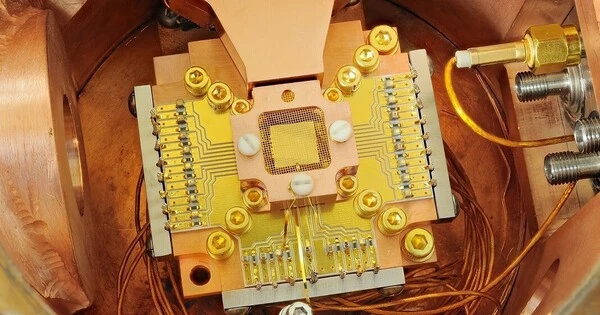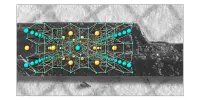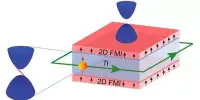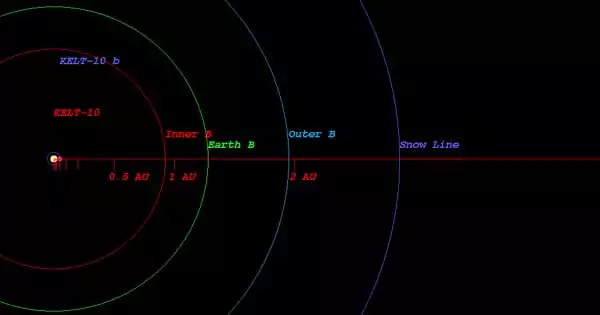A new laboratory method employs a high-accuracy ball delivery device and speed measurement system to provide more information on how high and far some of those baseballs will fly. As the Major League Baseball season begins, many fans of the third most popular sport in the United States are wondering how many home runs they will see this season.
A new laboratory method employs a high-accuracy ball delivery device and speed measurement system to provide more information on how high and far some of those baseballs will fly.
Researchers from Washington State University and Delft University of Technology describe the new technique in the journal Applied Sciences, which involves firing baseballs through a line of sensors and measuring the change in speed as they travel along a trajectory. Because the ball is not required to sit on a perched platform, which creates a small but significant inaccuracy, the work allows for greater precision than traditional wind tunnel measurements.
“My lab happens to perform the most accurate test in the world of this property,” said Lloyd Smith, lead author on the paper and professor in the School of Mechanical and Materials Engineering. “Not many people care about lift and drag as much as we do, but people care about baseball games.”
The assumption was that if you made the ball the same way, that those properties would always come out the same way. We found out that something changed.
Lloyd Smith
Baseball is a popular sport, but the aerodynamic properties of baseballs are still unknown. According to Smith, very small changes in drag can make a big difference in the game.
To ensure a uniform and consistent playing experience, Major League Baseball only uses one manufacturer, Rawlings Sporting Goods, which manufactures the balls according to strict protocols. A cork rubber pill is wrapped in three layers of a specific weight of wool and covered with leather in the ball. The pill, wool, and leather constructions are meticulously defined, measured, and controlled; even the color of the rubber must be consistent. Over 200 people work for the company just to sew the seams on the baseballs.
“I never thought in my wildest dreams that I would be differentiating between belly leather and back leather on a ball, but I am, and it turns out that the two kinds of leather are different on a ball, and you’ll find less belly leather than you would have a few years ago,” said Smith.

Everything is measured to be uniform, including the ball’s weight, size, hardness and elasticity, and to maintain fair play, Major League Baseball rules even require that the ball only be used for one play before it’s discarded. In spite of that uniformity, starting in 2015 and with virtually the same baseball, hitters started making a lot more homeruns.
“The assumption was that if you made the ball the same way, that those properties would always come out the same way,” said Smith. “We found out that something changed.”
When the Major League Baseball organization commissioned a panel to study the unprecedented and dramatic change, researchers found that a tiny decrease in the ball’s aerodynamic drag of just 3% was responsible for the dramatic change in homeruns. They found that a small change in the height of the seams in the ball may have caused at least some of the change.
During those investigations, however, the researchers discovered that wind tunnel measurement techniques could not adequately capture the tiny changes in drag that could make a significant difference in homeruns. Wind tunnels are used to measure drag forces in everything from airplane wings to cars and bikes, but they’re not ideal for baseballs.
“You have to hold onto the ball in some way,” Smith explained, “and that means there’s always going to be some imperfection when you’re using a wind tunnel to measure drag.” The researchers were able to precisely measure change in speed using their laser-guided speed measurement system and then determine acceleration, forces on the ball, and lift and drag.
“We had to go back and look at what we could do to make this even more accurate, and we did,” Smith explained. “It hasn’t been easy, and we spend a lot of time calibrating every day just to make sure that our sensors are telling us what we think they are, but we now believe that the drag measurements we’re taking will be able to sound the alarm if there’s a change.”
Or if the players start hitting home runs. Smith believes the techniques could be used in a variety of sports ranging from cricket to soccer. After all, aerodynamics are important for winning games. “Very small differences can make a big difference,” he said.
Researchers find a new way to measure flying baseballs https://t.co/1T3ToxHdcq
— Phys.org (@physorg_com) April 6, 2022
















